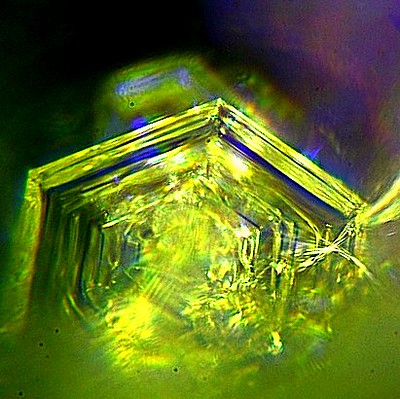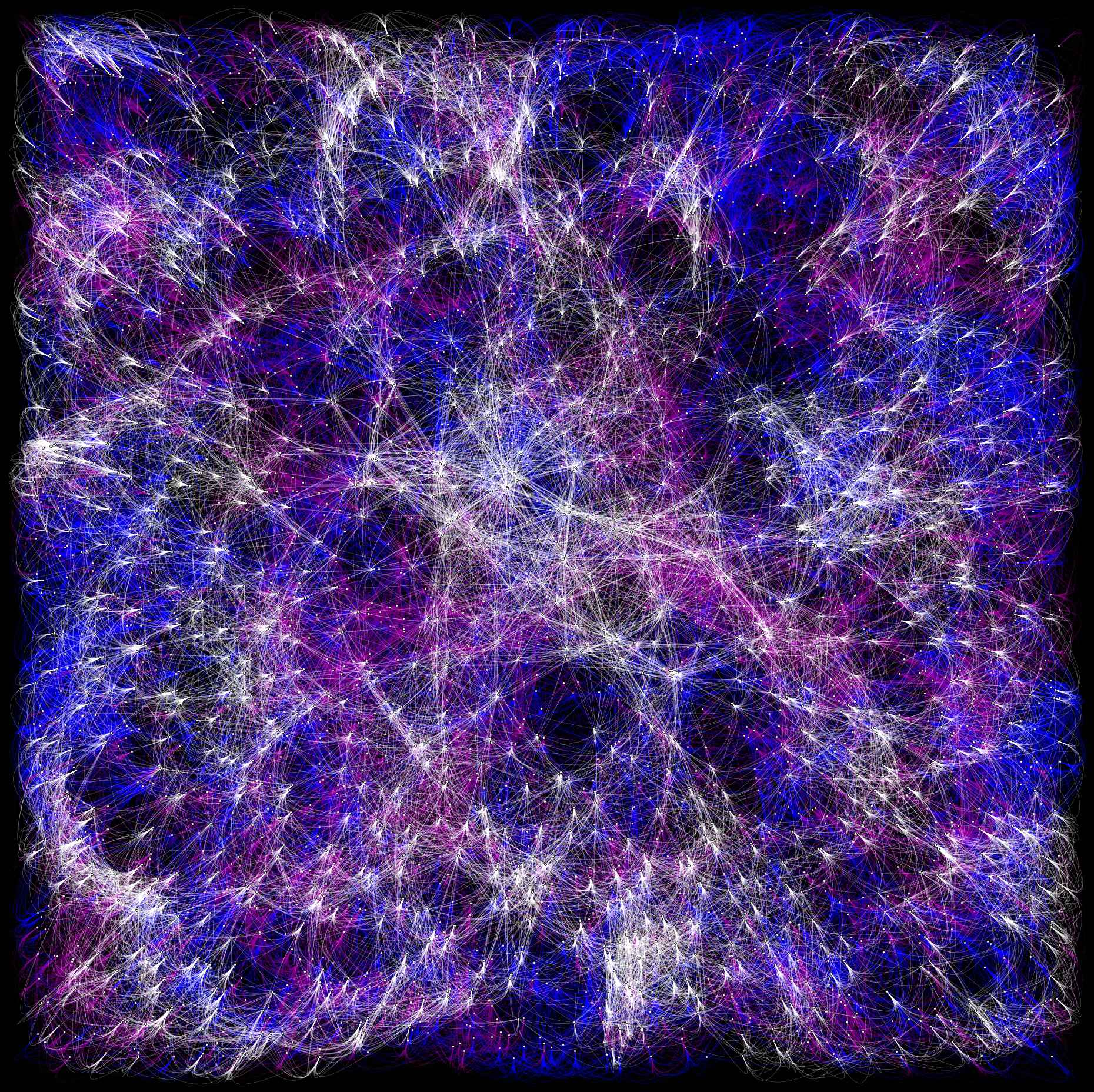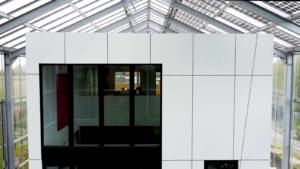Ancient Roots:
There has been a rift between material science and metaphysics dating back to ancient Greece. Democritus was a reductionist, viewing the material world as being made up of its parts; he came up with the term, atom. On the other side of it, Aristotle postulated that processes inherent in life create the whole of an organism and are integrative. Today these points are conveyed via biochemical science on one hand, as medical science, and through the increasing study of energy and quantum physics on the other, postulated as the morphogenic field, unified field theory, and more.
In the 1600’s, the concept of vitalism articulated that there was an underlying vital force that permeated all living organisms, often called the life-force. Vitalism was replaced with the concept of bioelectricty by the 1850’s. Bioelectricity emerged due to advances in science that could now measure previously unseen forces through the use of technological instrumentation. Experimentation with these instruments created the study of electrophysiology.
Interestingly, the life-force concept is ancient as prescribed by the spiritual adepts of China, Japan, and India with the equivalent concepts of qi/chi, ki, and prana. Shamans and other spiritual practitioners in the ancient world observed this life-force energy as a derivative of consciousness and witnessed it’s direct effect and interrelationship with the mind, body, and emotions of human beings.

Over the course of millennia, through vitalism, bioelectricity, electrophysiology, electromagnetism, biofields, physics, and quantum physics, the path was paved. From the Industrial Revolution onward, the reemergence of the life-force concept incrementally morphed into the idea for the discovery of morphogenic fields.
Present day science holds there are four forces involved with physics: gravity; electromagnetism; the weak nuclear force; and the strong nuclear force. These forces have expanded in the realm of quantum physics where it is posited that they act on immaterial elements causing observable effects on matter and the material world. This is where the idea of a biofield takes hold as advancing technology is more capable of detecting and reading unseen frequencies and energies that are all around us.
Alexander Gurwitsch, PhD came up with the term morphogenic field in the early 1900’s during his study of the formation of embryos. He posited that there was a primal, informational-patterning that gave explanation to the developmental process of embryos. This guiding coherence appeared to inform the structure within the field, for the biological genesis of life. During later experiments, Gurwitsch was able to observe ultra violet emanations during the cellular division of an onion. Gurwitsch and other scientists shaped the notion of what a morphogenetic field is and how it guides the development of life. (1)
The Recent Past:
“The Universe in which we find ourselves and from which we can not be separated is a place of Law and Order. It is not an accident, nor chaos. It is organized and maintained by an electro-dynamic field capable of determining the position and movement of all charged particles. For nearly half a century, the logical consequences of this theory have been subjected to rigorously controlled conditions and met with no contradictions.” -Dr. Harold Saxton Burr, Ph.D

Dr. Burr conceptualized fields of life or L-fields, which are electro-dynamic fields that can be measured and mapped using voltmeters. He believed that L-field measurements can predict disease, showing an imbalance of energy preceding physical manifestations of sickness in the human body. These L-fields are invisible; however, they can be demonstrably replicated using iron filings scattered on a card, laid over a magnet. The pattern in the iron filings are formed by the invisible magnetic field and will be the same repeatedly as the filings can be discarded and scattered again over the card and magnet, always displaying the same pattern, time and again.
A similar process occurs within the body as old cells die and new ones form again. For example, when we consume food, we use the material sustenance of the food to then reconstitute new cells following the same pattern as the previous ones; regeneration of the physical body in accordance with the corresponding fields.
It turns out that these L-fields form a matrix for material to reconstitute and regenerate within the body, leading to homeostasis, and to a state of health and well-being. (2)
Modern Age:
In the 1980’s, biologist Rupert Sheldrake posited the theory of morphogenic resonance; the notion that morphogenic fields are dynamic and evolving through time. The concept hinged on the idea of what quantum physics refers to as nonlocality. He is postulating that morphogenic fields have an intelligence that communicate with like-fields at vast distances, within a greater field, the unified field. The unified field theory explains how everything is connected which shows that all-is-one.

This implicates that evolving and unique patterns of behavior make quantum-jumps from one morphogenic field to another, from one location to another, through the unified field. For instance, if monkeys learn a new skill somewhere in Africa and begin teaching their peers, then monkeys located on other continents begin to pick up on this new skill through morphogenic resonance in the L-fields, across nonlocality. The necessary information for the new skill is contained within the morphogenic field, which is then able to quantum-jump across the world into the morphogenic fields shared through nonlocality, for the entire species. (3)
The extension of morphogenic fields entails the emerging fields of energy medicine, sound healing, music therapy, and even the thought-provoking ideas of psychic phenomena, remote-viewing, and using one’s own mind to heal themselves. These related concepts will be explored further in Part 2 and Part 3 of this series in Morphogenic Fields.
SOURCES:
(1) Biofield Science and Healing: History, Terminology, and Concepts – National Institute of Health
(2) The Electrical Patterns of Life; The Work of Dr. Harold Saxton Burr – World Research Foundation
(3) Morphic Resonance and Morphic Fields – an Introduction – Rupert Sheldrake


